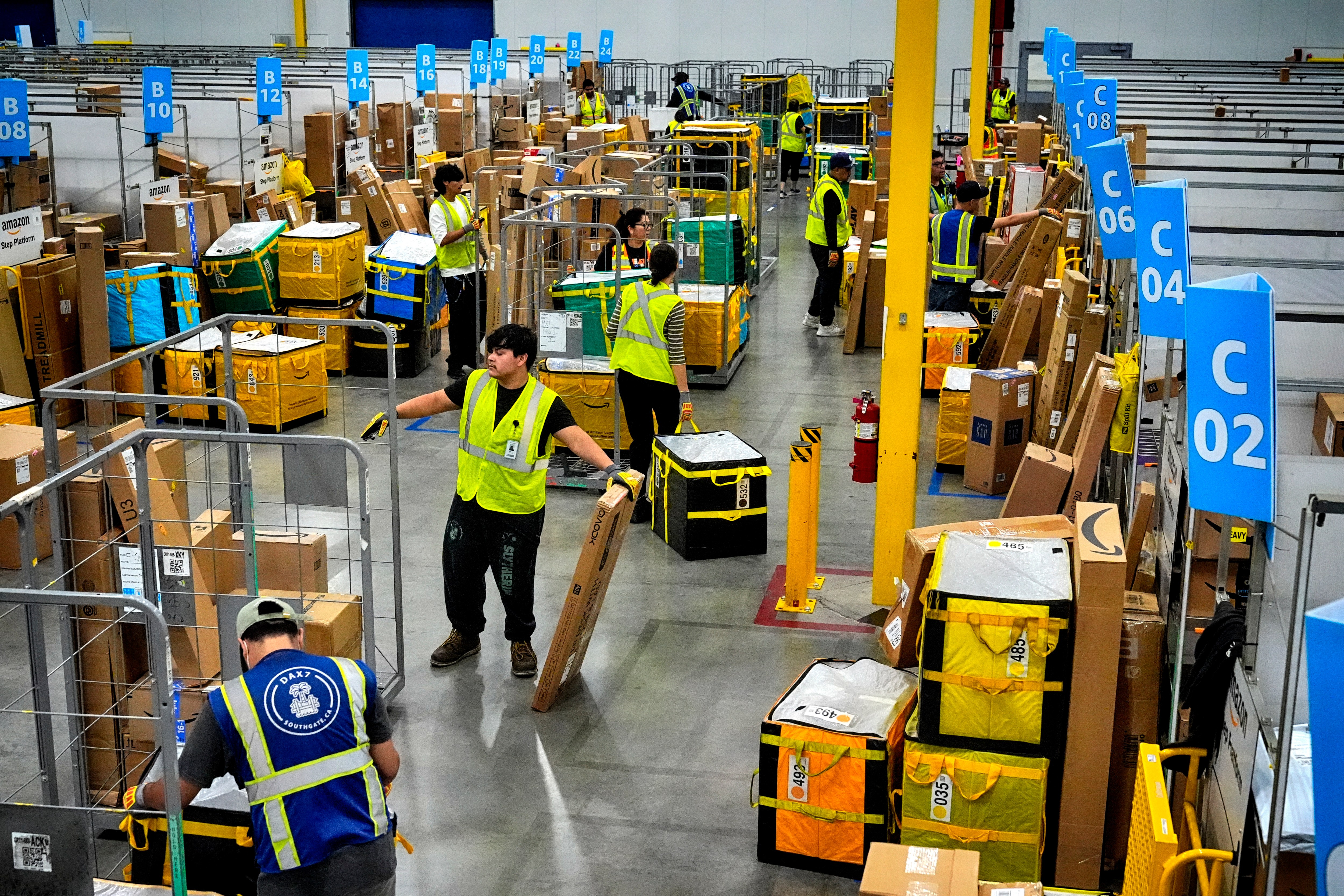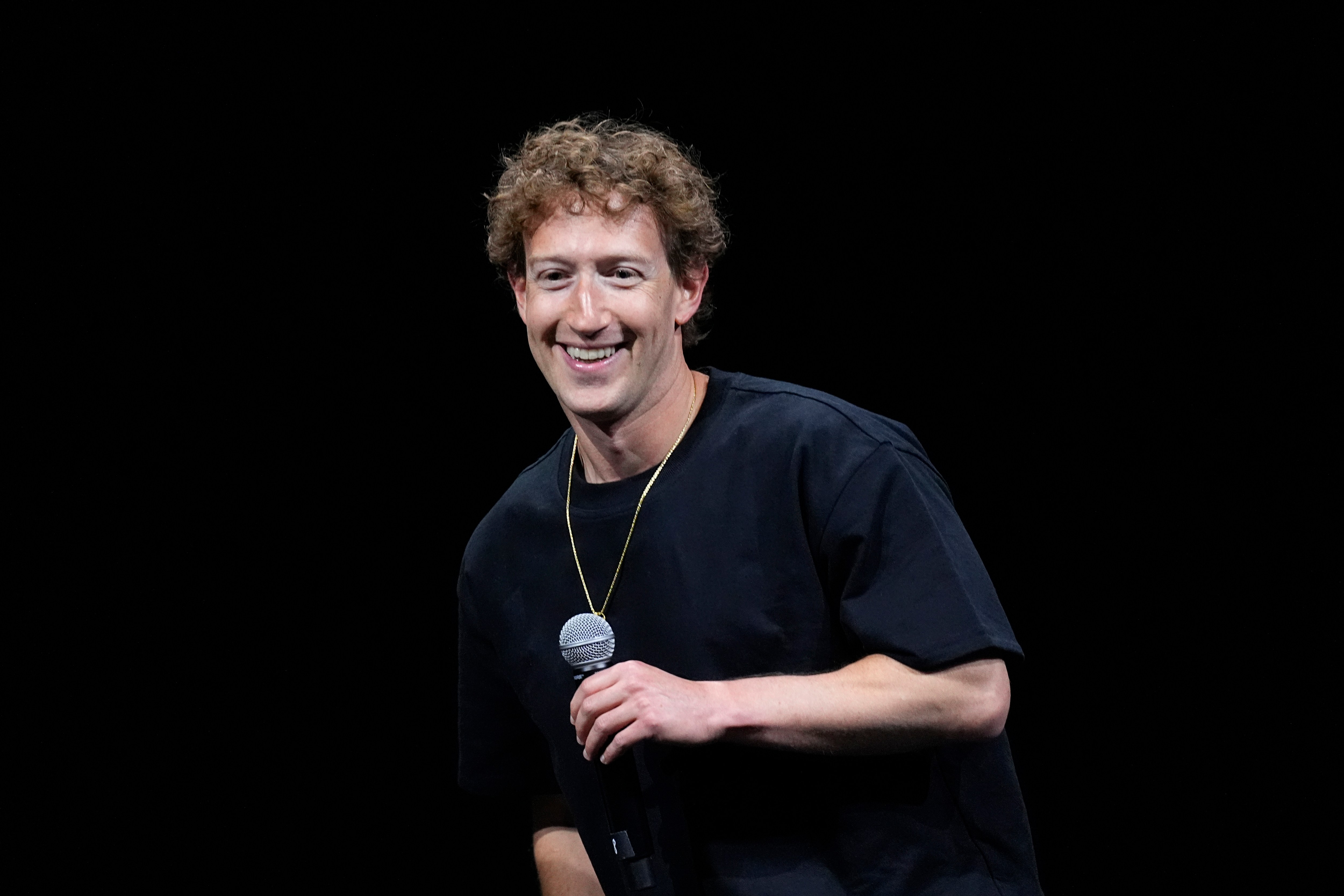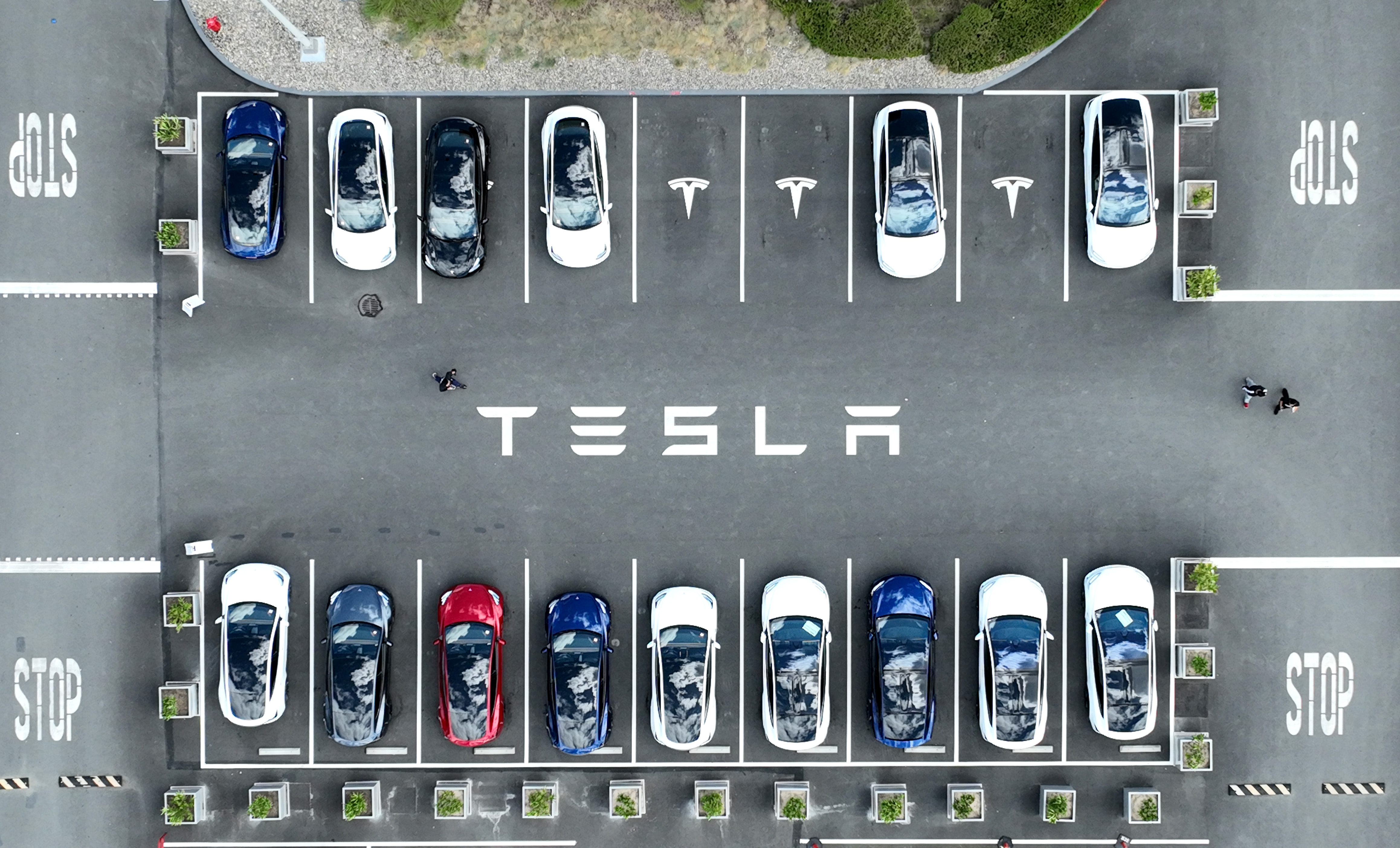Can the Magnificent Seven Bounce Back After Losing $2.3 Trillion?
Technology stocks, known for their high-growth valuations, are naturally prone to significant volatility.
Driven by a strengthening American economy, potential interest rate cuts, and the hype surrounding artificial intelligence, the elite group dubbed the Magnificent Seven now represents over a third of the S&P 500’s value and has largely contributed to the index’s gains.
The Magnificent Seven — Alphabet, Apple, Amazon, Meta Platforms, Netflix, Nvidia, and Tesla — have propelled much of this year’s market gains but recently experienced a steep decline, shedding upwards of $2.3 trillion since their peak in July.
Poor U.S. economic data and inconsistent earnings from these tech giants have driven investors to become more cautious, sparking a sell-off. Although a downturn in shares is a reasonable reaction to a pessimistic outlook, the scale of the sell-off might be exaggerated.
Alphabet
Google’s parent company, Alphabet, has been vigorously cutting costs amidst the AI boom, resulting in workforce reductions for four straight quarters.
Capital expenditure in the second quarter reached $13 billion, surpassing expectations and doubling last year’s expenditure for the same period. Full-year spending could soar to $49 billion, up from $32.3 billion last year, as Alphabet aims to compete with Amazon and Microsoft in the cloud computing arena.
Concerns about ChatGPT disrupting Google’s search engine dominance have not materialized, with search revenues rising 14% year over year in Q2, lifting margins to 32% from 29%.
Nonetheless, Alphabet still relies heavily on advertising—over three-quarters of its revenue—which has declined over the past year due to shrinking corporate marketing budgets. Its core ad business showed an 11% sales increase in Q2, down from 13% in the previous quarter, indicating potential discomfort with higher spending if a more substantial slowdown occurs.
Amazon
Amazon, perceived as a key player in the U.S. economic recovery, saw its share rally reverse due to disappointing Q2 sales growth and a lackluster present-quarter outlook, marking its worst single-day drop since April 2022.
Net sales growth in North American ecommerce slipped to 9% in Q2 from 12% previously. Volumes held strong, but average sales prices dipped, hinting at more cautious consumer behavior. Margins for this sector also shrank for the second straight quarter due to spending on side projects.

Capital expenditure, particularly for Amazon Web Services—the cloud market leader and an AI spearhead—will rise in the latter half of the year, according to CFO Brian Olsavsky. Although AWS sales grew in Q2, margins dropped to 35.5% from 37.6% in Q1.
With a forward price/earnings ratio of 31—the lowest since 2010—Shrinking capex tolerance is likely if a U.S. recession looms.
Apple
Warren Buffett began investing in Apple in late 2016 but has dramatically scaled back his holdings, slashing his stake by half and selling $50 billion in Q2 shares, a timely move.
Apple beat Q2 expectations with 5% sales growth, but iPhone sales fell slightly to $39.3 billion from $39.7 billion.
An uncertain Chinese economy poses ongoing risks for Apple. Sales there fell 7%, missing expectations despite boosted promotions, amid economic challenges and rising competition from local brands.
Market saturation of the iPhone, given its dominance, also looms as a risk. Apple relies heavily on new models to spur upgrades.
Meta Platforms
Investors were cautious as Facebook and Instagram owner Meta poured funds into its nascent “metaverse” bet.
Second-quarter results have helped to ease worries. Meta’s revenue grew 22% to $39.1 billion, beating forecasts.

This allows Meta to continue investing in AI to improve ad targeting on its platforms. Positive signs include a 10% increase in ad impressions per post and the average ad price. Operating margins rose to 38% from 29% a year earlier, although its virtual reality division, Reality Labs, continues to bleed money with rising losses expected. The main risk is maintaining ad gains amidst a fragile U.S. economic outlook.
Microsoft
Microsoft’s valuation surged thanks to its early adoption of generative AI through a $13 billion partnership with OpenAI.
Despite the sell-off, Microsoft remains burdened with high expectations, trading at 30 times forward earnings, close to its record multiple of 35.
Q2 sales grew 29%, a bit short of the 30% forecast and the previous quarter’s 31% growth. Expectations are for a further slowdown to 28-29% this quarter.
Microsoft cited demand surpassing capacity, a trend likely to persist. Capital spending hit $19 billion in Q4, primarily on cloud and AI. With net cash increasing to $37.2 billion and $75.5 billion in cash reserves by June-end, Microsoft isn’t overextended.
Significant spending seems effective, with Azure outpacing rival clouds from Google and Amazon, gaining market share per Barclays’ analysis.
Nvidia
Nvidia epitomizes the AI craze, returning 114% in share price since the year’s start, even with the recent dip.
Demand for Nvidia’s data center chips and GPUs has spiked with businesses racing to expand AI capabilities. The firm dominates the market for processors powering large language models, counting Microsoft, Meta, and Amazon among its clients.
The question remains if Nvidia is in a bubble. While some like Elliott Management view it as overhyped, others such as Blue Whale are bullish.
Nvidia’s rapid sales growth over the past year has helped temper its lofty valuation, but skeptics still warn of limited margin for error.
Recent earnings exceeded high expectations, with a 262% revenue surge last quarter. At 31 times forward earnings, Nvidia’s valuation has more room to grow, and a price/earnings growth multiple of 0.7 suggests value.
Tesla
Tesla’s challenges extend beyond just the American economy. Facing a price war, it has made several vehicle price cuts in major markets to boost demand. This led to increased delivery volumes in Q2 but saw automotive revenues fall by 7%.

Tesla’s price competition is especially fierce with Chinese automakers.
Investing heavily in AI, Tesla’s operating expenses rose 38%, causing Q2 profits to drop 45% to $1.5 billion. Over 10% of its workforce has been laid off, costing more than $350 million, with projected net profits dropping to $7.8 billion from $10.9 billion last year. Trading at 66 times forward earnings, Tesla could face serious valuation risks with further missteps.




Post Comment